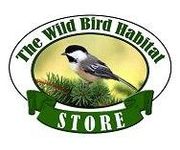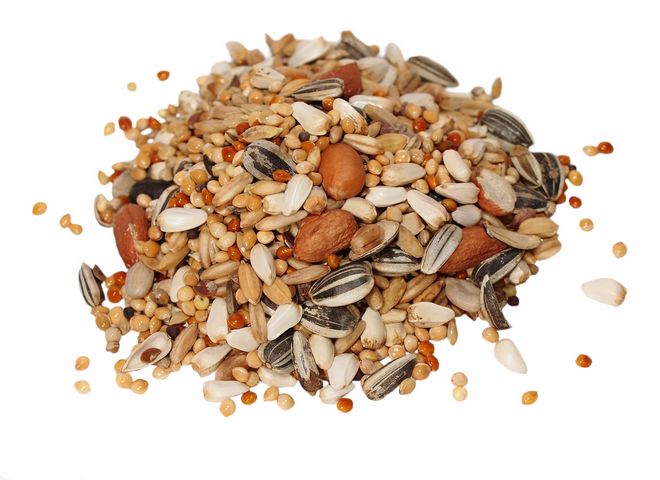
It's evident the cost of wild bird feeds has risen over the past year due to many reasons. During the Covid 19 lock-downs many more people discovered the joys of feeding and watching birds at home. This increased the demand. The extreme drought in the Plains states and west has impacted crops, primarily safflower seed and white Proso millet. As a warming climate has lengthened the growing season in northern states and southern Canada, producers are switching from specialty crops such as sunflower to corn and soybeans. And let's not forget the increased cost of shipping due to trucking shortages that has driven prices up on just about all products we need and use every day.
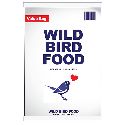
So when it comes to purchasing wild bird feeds, you may think you're saving money purchasing the least expensive economy brands at big box stores and grocery stores. But that isn't always the case. These economy wild bird feeds are full of fillers, seeds birds don't eat.These economy wild bird feeds attract fewer birds and less desirable birds to the backyard bird feeder and leave a mess on the ground with unidentifiable weeds growing. So what should you consider when purchasing wild bird feeds?
ALL ABOUT WILD BIRD FEED - What you need to know
When we shop for groceries we often find ourselves reading labels to see what ingredients are in our food. When we purchase food for our pets we read labels to assure we are buying a quality product that provides the nutrition they need to keep healthy. When we purchase wild bird feed for our backyard feathered friends we should pay close attention to what is listed on the label. It may not be a quality product preferred by birds.
The “ideal diet” for many birds in the wild is high in fats and proteins...the opposite of ours as humans. Sunflower, safflower, Nyjer and peanuts range between 20-25% protein and 20-40% fat. That’s why they make up the majority of Wild Bird Habitat’s favorite high quality bird feed mixes. You’ll find “cheap” mixes full of milo, wheat, red millet, and assorted grain products birds don’t care for. Most all of these “low cost” seed mixes only contain 8-12% protein and 2-4% fat. The evidence is on the ground whereas much as 40% of it will end up scattered on the ground and go by the uneaten by birds. The bottom line is; paying a little more for a quality wild bird feed will save you money in the long run avoiding wasted uneaten seed on the ground and attracting more birds to your feeders.
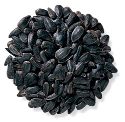
And the black oil sunflower seed we purchase for backyard bird feeding is not all the same either. Highly discounted black oil sunflower seeds are often those which did not reach maturity due to an early frost, infected by insects or disease.The majority of these low grade black oil sunflower seeds are used to feed livestock while a portion is sold at discounted prices to the consumer. Birds are capable of weighing sunflower seeds for the heart inside. They can also identify which seed in our backyard bird feeders are high in protein and fats and will not waste their time on seeds that provide insufficient nutrition.
A bird must consume as much feed as they can in a short period of time. Since they are on constant alert for predators and continuously competing with other birds, they don’t have a lot of time to pick through a seed mixture or test every black oil sunflower seed. If inferior or low quality wild bird feeds are offered in our backyard bird feeders it doesn’t take long for birds to lose interest and move on.
So how can the consumer decide which bag of wild bird feed is going to attract their favorite birds and keep them coming back for more? What do we need to look for on the label of a bag of wild bird feed to make certain we are providing a product that offers the ultimate nutrition for our backyard birds? Here are some tips on reading labels on bags of wild bird feeds:
1. Wild bird feed mixes are required by law to list the actual ingredients they contain and labeled in an order of contents from greater to least of each ingredient. However, some labels may state “assorted grain products”. These are commonly weed seeds and cereal grains birds do not eat. These filler seeds are added to bulk up the weight of the bag and lower the cost. (Studies conducted at Oregon State University found that bird seed mixes are often contaminated with noxious or invasive weed seeds birds do not eat)
2. All ingredients used in wild bird feeds must be correctly identified in the ingredient section by law.
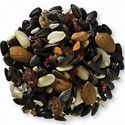
3. Read labels carefully. Watch for questionable statements & misleading label Information. For example: products claiming to have nuts, fruits and other ingredients should have those ingredients specifically listed in the ingredient section on the bag or label.
4. Every wild bird seed label must have guaranteed levels of crude protein, crude fat, crude fiber and moisture.
5. Check to see if the wild bird feed you offer is Verified NON-GMO. Given a choice, birds and animals prefer and will select NON-GMO grains?
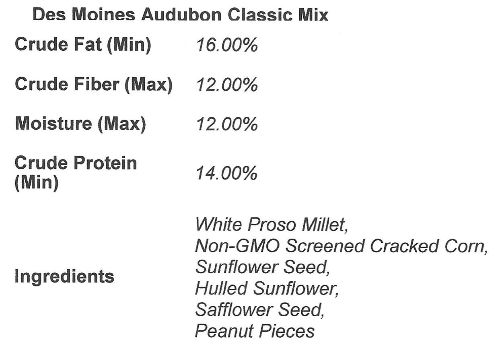
· Crude Protein provides the building blocks for good health supporting the immune system, feather production, egg laying and essentially keeping birds healthy.
· Crude Fat provides the energy birds need to go about daily activities and the energy they need to stay warm through cold winter nights. Birds can burn up tens of thousands of calories in a day. Without a minimal amount of body fat to store energy they must constantly forage for food to maintain optimal energy levels.
· Crude Fiber necessary in the diet to promote normal movement of food through the bird's digestive tract.
· Moisture provides a medium for digestion, absorption, transport, and metabolism
So when you shop for wild bird feeds consider this:
1. Wild bird feed mixes are required to list the actual ingredients they contain and labeled in an order of contents from greater to least of each ingredient.
2. All ingredients used in wild bird feeds must be correctly identified in the ingredient section.
3. Labels on wild bird feeds should specify if it meets the Association of American Feed Control Officials (AAFCO)
4. Read labels carefully. Watch for questionable statements & misleading label Information.
For example: products claiming to have nuts, fruits and other ingredients should have those
Ingredients specifically listed in the ingredient section on the bag or label.
5. Every wild bird seed label must have guaranteed levels of crude protein, crude fat, crude fiber and moisture.
6. Is the wild bird feed you offer verified as NON-GMO
The bottom line is buyer beware! Paying a little more for a quality wild bird feed will save you money in the long run. You will avoid wasted uneaten seed on the ground sprouting unidentifiable weeds. It will attract more of your favorite birds to your feeders. Many economy line wild bird feed products have enticing names such as premium, delight, best for birds. They have attractive images of desirable birds at a bird feeder. But it's not about a clever tag line or attractive photo. It's about what's on the label.
About Nyjer Thistle Seed

You just purchased a new bag of Nyjer thistle seed and filled your thistle feeder, but no goldfinches are coming. Why is that? Caution must be taken to assure the thistle seed you purchase is fresh or the finch you are trying to attract will reject it. Nyjer thistle seed is imported from Ethiopia, Burma, and India. When it reaches North America it is sterilized by heat treatment to deter the germination of noxious weeds. This starts a drying out of the oils in the seed which is what attracts the finch. If Nyjer thistle seed is warehoused for extended periods of time before it reaches the shelf for the consumer to purchase, such as at big box stores, hardware stores, and grocery stores, it can lead to the oils drying out even more. At that point the finch will ignore it. We recommend buying Nyjer thistle seed from a reputable retailer.

Nebraska’s Wild Bird Habitat Stores stock only the finest wild bird feeds and mixes available on the market from Des Moines Feed, a family owned and managed business since 1944. Des Moines Feed is a major distributor and manufacturer of bird seed and other commodities nationwide paying close attention to the quality of their products. Our wild bird feeds contain food grade products and, better yet, are all verified NON-GMO making it safer and healthier for backyard bird feeding. Tell a friend about our quality wild bird feeds available at Wild Bird Habitat. The birds will appreciate it.
If you’re searching for bird feeders and wild bird feeds visit Wild Bird Habitat Store in Lincoln, NE. Since 1993, they have been providing a range of bird feeders, bird baths, bird houses, and feed for both experienced and novice birders. Their knowledgeable staff will help you find the right products for your property. Call (402) 420-2553 to speak with a team member about your needs. Visit them online to browse their products, and connect on Facebook for news and updates.
About the Business
Have a question? Ask the experts!
Send your question

